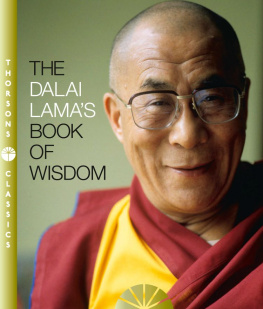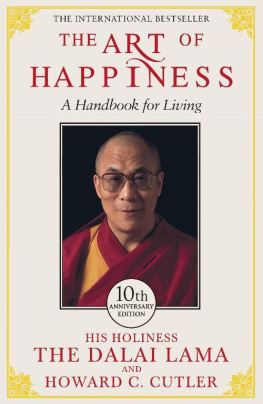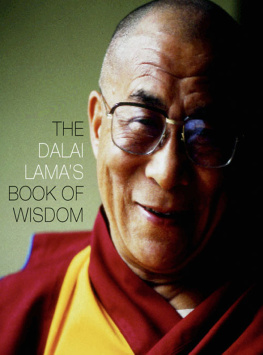Dalai Lama - The Little Book Of Buddhism
Here you can read online Dalai Lama - The Little Book Of Buddhism full text of the book (entire story) in english for free. Download pdf and epub, get meaning, cover and reviews about this ebook. year: 2000, publisher: Random House, genre: Religion. Description of the work, (preface) as well as reviews are available. Best literature library LitArk.com created for fans of good reading and offers a wide selection of genres:
Romance novel
Science fiction
Adventure
Detective
Science
History
Home and family
Prose
Art
Politics
Computer
Non-fiction
Religion
Business
Children
Humor
Choose a favorite category and find really read worthwhile books. Enjoy immersion in the world of imagination, feel the emotions of the characters or learn something new for yourself, make an fascinating discovery.

- Book:The Little Book Of Buddhism
- Author:
- Publisher:Random House
- Genre:
- Year:2000
- Rating:3 / 5
- Favourites:Add to favourites
- Your mark:
- 60
- 1
- 2
- 3
- 4
- 5
The Little Book Of Buddhism: summary, description and annotation
We offer to read an annotation, description, summary or preface (depends on what the author of the book "The Little Book Of Buddhism" wrote himself). If you haven't found the necessary information about the book — write in the comments, we will try to find it.
The Little Book Of Buddhism — read online for free the complete book (whole text) full work
Below is the text of the book, divided by pages. System saving the place of the last page read, allows you to conveniently read the book "The Little Book Of Buddhism" online for free, without having to search again every time where you left off. Put a bookmark, and you can go to the page where you finished reading at any time.
Font size:
Interval:
Bookmark:

They say: This little book contains the core teachings on Buddhism by His Holiness The Dalai Lama, one of the greatest spiritual leaders of our time.
These thought-provoking quotations about the importance of love and compassion, and the need for individual responsibility, fuse ancient wisdom with the awareness of the problems of everyday life.

Compiled and Edited by Renuka Singh
We are the creators of our own happiness and suffering, for everything originates in the mind. So we need to take responsibility for whatever, good or bad, we experience. This book contains the essence of Buddhism and offers practical wisdom for our daily lives in the words of His Holiness the Dalai Lama. His inspiring thoughts help to improve our state of mind, and to discover deep peace within.
This chain of Buddhist thoughts consists of pithy reflections on our need to rid ourselves of the preoccupation with mundane concerns to find refuge in Buddha, Dharma and Sangha. It teaches us the law of karma, where by living according to the Ten Virtuous Actions and the Four Noble Truths we can achieve the free heart of a Bodhisattva.
Renuka Singh
***
The common enemy of all religious disciplines is selfishness of mind. For it is just this which causes ignorance, anger and passion, which are at the root of all the troubles of the world.
Buddha is the teacher, Dharma is the actual refuge and the Sangha is the one which assists in understanding or establishing the objects of refuge.
When we take the Buddha as an authority, as a reliable teacher, we do so on the basis of having investigated and examined his principal teaching the Four Noble Truths.
Whenever Buddhism has taken root in a new land, there has been a certain variation in the style in which it is observed. The Buddha himself taught differently according to the place, the occasion and the situation of those who were listening to him.
All of us have a great responsibility to take the essence of Buddhism and put it into practice in our own lives.
Buddhahood is a state free of all obstructions to knowledge and disturbing emotions. It is the state in which the mind is fully evolved.
From the earliest stages of our growth, we are completely dependent upon our mother's care and it is very important for us that she express her love. If children do not receive proper affection, in later life they will often find it hard to love others.
Samsara our conditioned existence in the perpetual cycle of habitual tendencies and nirvana genuine freedom from such an existence are nothing but different manifestations of a basic continuum. So this continuity of consciousness is always present. This is the meaning of tantra.
Through actual practice in his daily life, man well fulfils the aim of all religion, whatever his denomination.
We can speak of an effect and a cause on the disturbing side as well as on the liberating side.
According to Buddhist practice, there are three states or steps. The initial stage is to reduce attachment towards life. The second stage is the elimination of desire and attachment to this samsara. Then in the third stage, self-cherishing is eliminated.
The three stages birth, death and the intermediate state are also established in terms of the subtlety of their levels of consciousness. Upon the basis of the continuity of the stream of consciousness is established the existence of rebirth and reincarnation.
Encountering sufferings will definitely contribute to the elevation of your spiritual practice, provided you are able to transform the calamity and misfortune into the path.
Faith dispels doubt and hesitation, it liberates you from suffering and delivers you to the city of peace and happiness.
If subconscious anger had a parallel in Buddhist writings, it would have to do with what is called mental unhappiness or dissatisfaction. This is regarded as the source of anger and hostility. We can see subconscious anger in terms of a lack of awareness, as well as an active misconstruing of reality.
Guilt is incompatible with our thinking as you are part of an action but not fully responsible for it. You are just part of the contributing factor. However, in some cases one must repent, deliberately claim responsibility, have regret and never commit the mistake again.
In the beginning of Buddhist practice, our ability to serve others is limited. The emphasis is on healing ourselves, transforming our minds and hearts. But as we continue, we become stronger and increasingly able to serve others.
Firstly, we should re-examine our own attitude towards others and constantly check ourselves to see whether we are practicing properly. Before pointing our finger at others we should point it towards ourselves. Secondly, we must be prepared to admit our faults and stand corrected.
Suffering increases your inner strength. Also, wishing for suffering makes the suffering disappear.
Even when we are helping others and are engaged in charity work, we should not regard ourselves in a very haughty way as great protectors benefitting the weak.
An area in Tibetan Buddhism which may be of interest to scientists is the relationship between the physical elements and the nerves, in particular the relationship between the elements in the brain and consciousness. This involves changes in consciousness, happy or unhappy states of mind, the effect they have on the elements within the brain, and the consequent effect that this has on the body.
According to its level of subtlety, consciousness is classified into three levels: the waking state or gross level of consciousness; the consciousness of the dream state which is more subtle; and the consciousness during sleep, dreamless sleep, which is subtler still.
The metaphor of light is a common image in all the major religious traditions. In the Buddhist context, light is particularly associated with wisdom and knowledge; darkness is associated with ignorance and a state of mis-knowledge.
In yoga tantra, the highest dimension of Buddhist practice, there is no distinction between gender. In this final life in which you attain Buddhahood, there is no difference whether you are male or female.
The creatures that inhabit this earth be they human beings or animals are here to contribute, each in its own particular way, to the beauty and prosperity of the world.
The Buddhist notion of attachment is not what people in the West assume. We say that the love of a mother for her only child is free of attachment.
We are born and reborn countless number of times, and it is possible that each being has been our parent at one time or another. Therefore, it is likely that all beings in this universe have familial connections.
The process of dying begins with the dissolution of the elements within the body. It has eight stages, beginning with the dissolution of the earth element, then the water, fire and wind elements. The next four stages are visions in terms of colour: appearance of a white vision, increase of the red element, black near-attainment, and finally the clear light of death.
Do your best and do it according to your own inner standard call it conscience not just according to society's knowledge and judgement of your deeds.
Font size:
Interval:
Bookmark:
Similar books «The Little Book Of Buddhism»
Look at similar books to The Little Book Of Buddhism. We have selected literature similar in name and meaning in the hope of providing readers with more options to find new, interesting, not yet read works.
Discussion, reviews of the book The Little Book Of Buddhism and just readers' own opinions. Leave your comments, write what you think about the work, its meaning or the main characters. Specify what exactly you liked and what you didn't like, and why you think so.

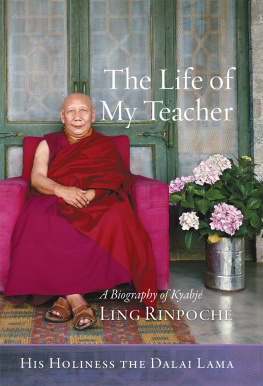
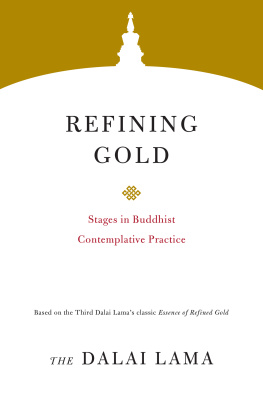
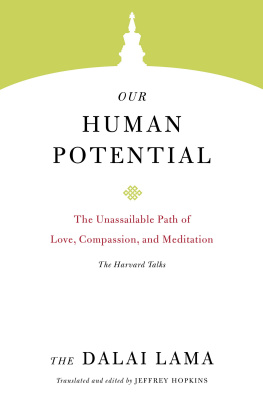

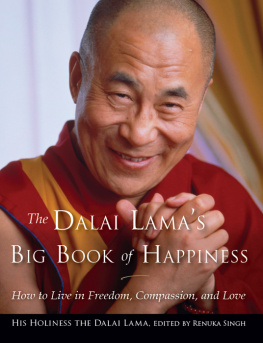
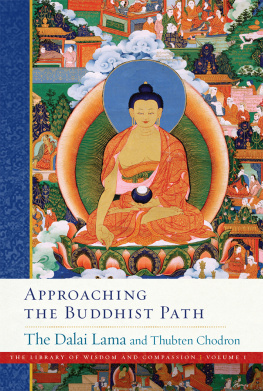
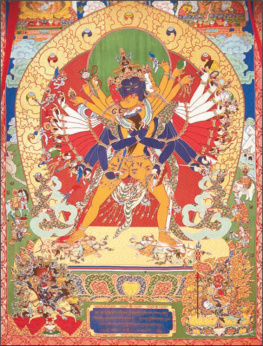

![Dalaï Lama XIV. - An introduction to Buddhism: [teachings on the Four noble truths, The eight verses on training the mind and the Lamp for the path to enlightenment]](/uploads/posts/book/207935/thumbs/dala-lama-xiv-an-introduction-to-buddhism.jpg)

